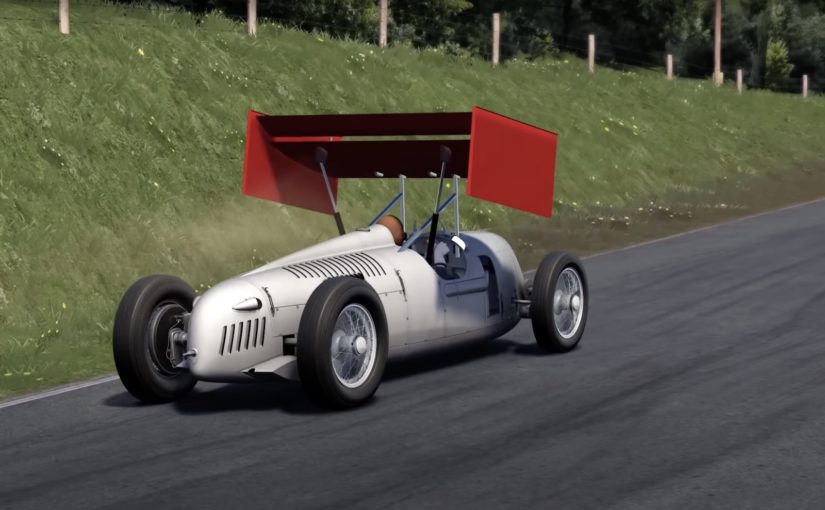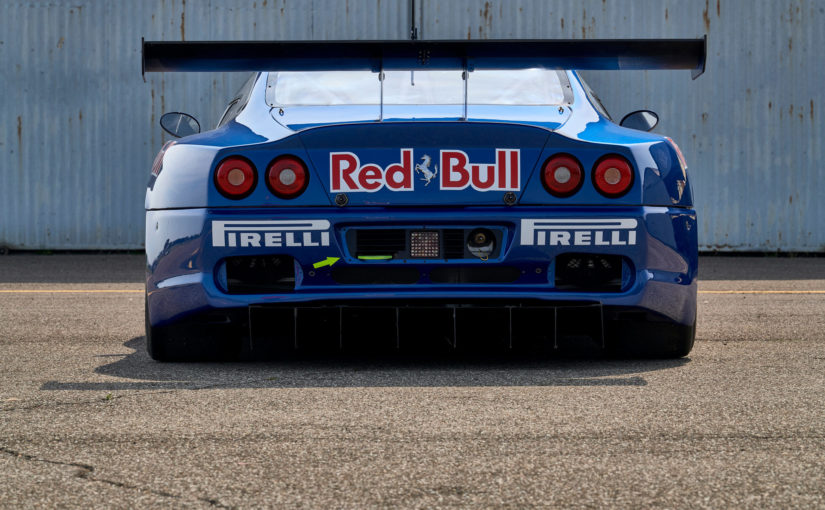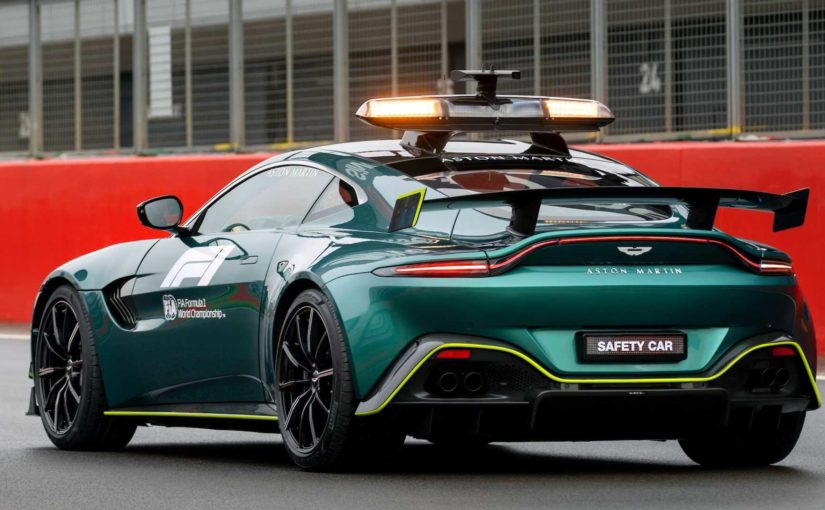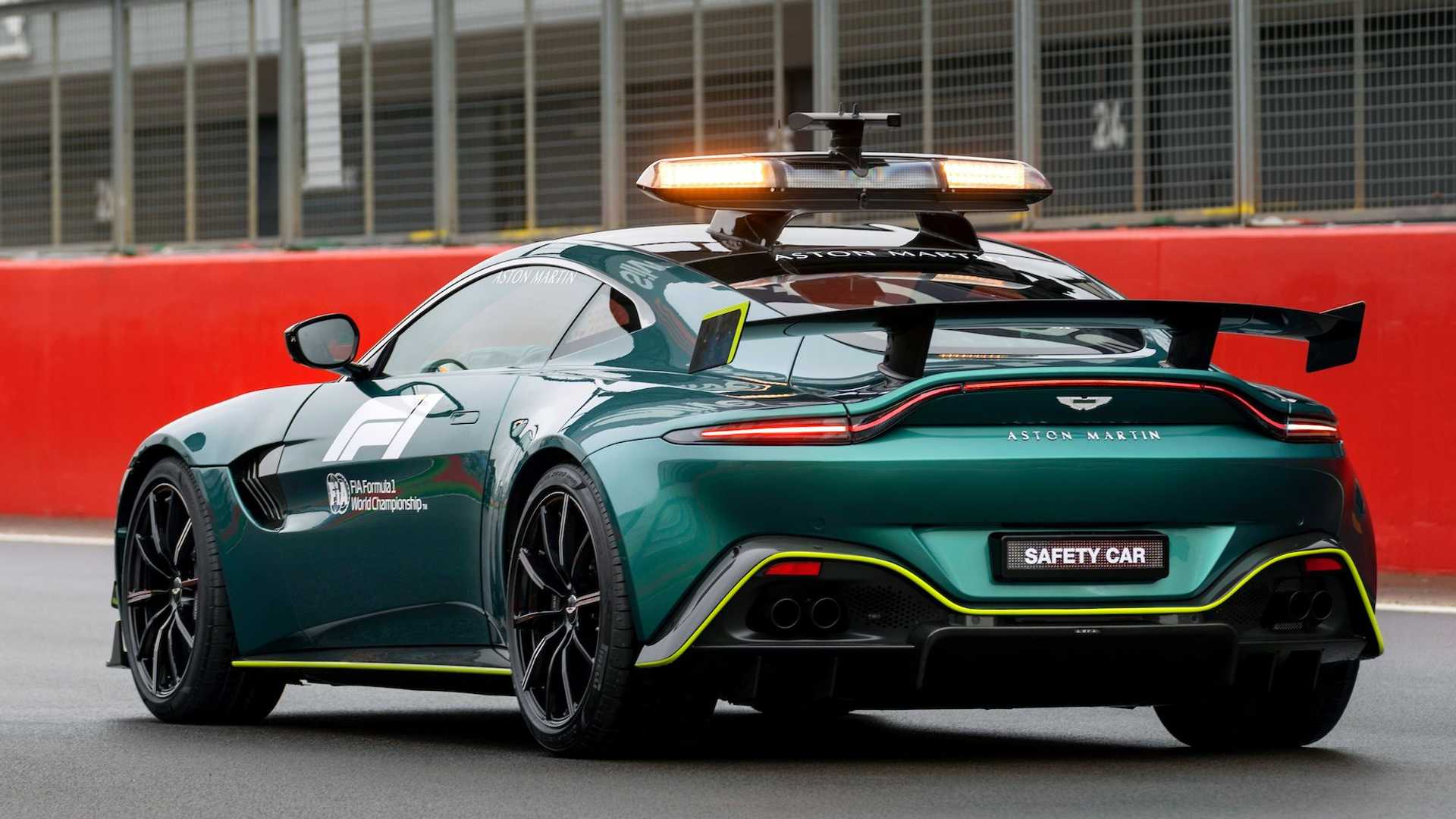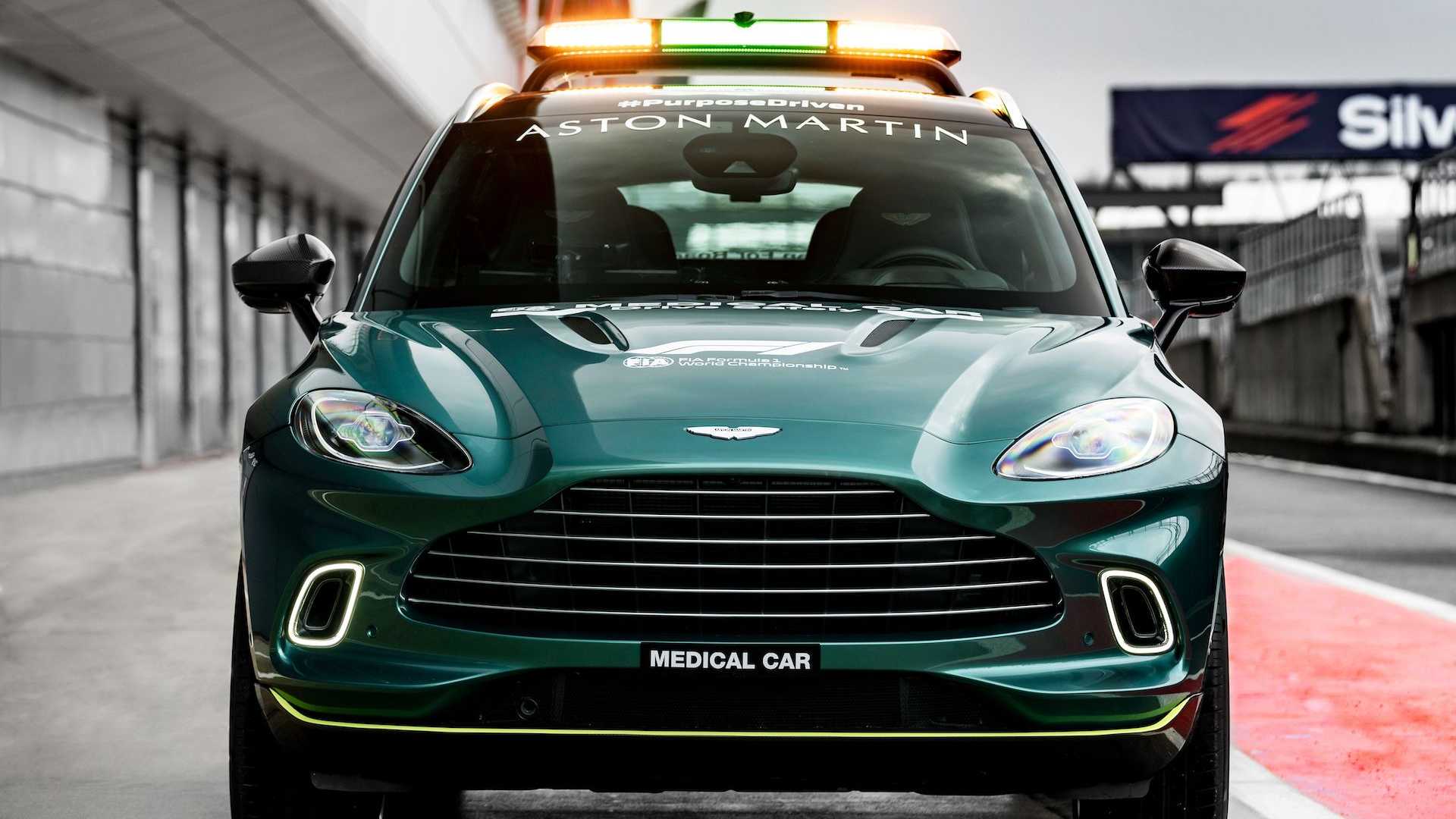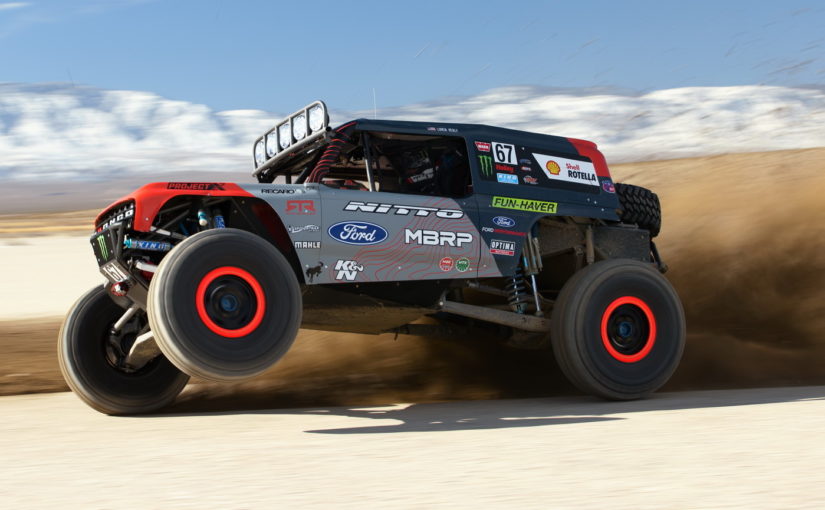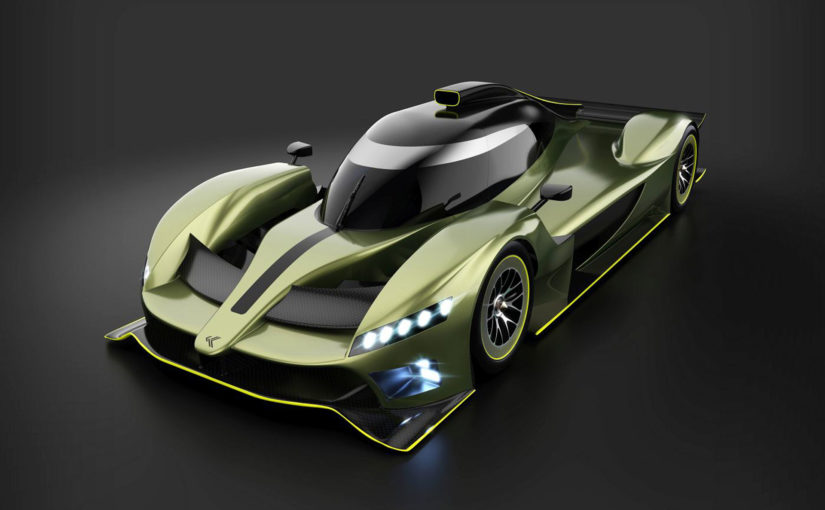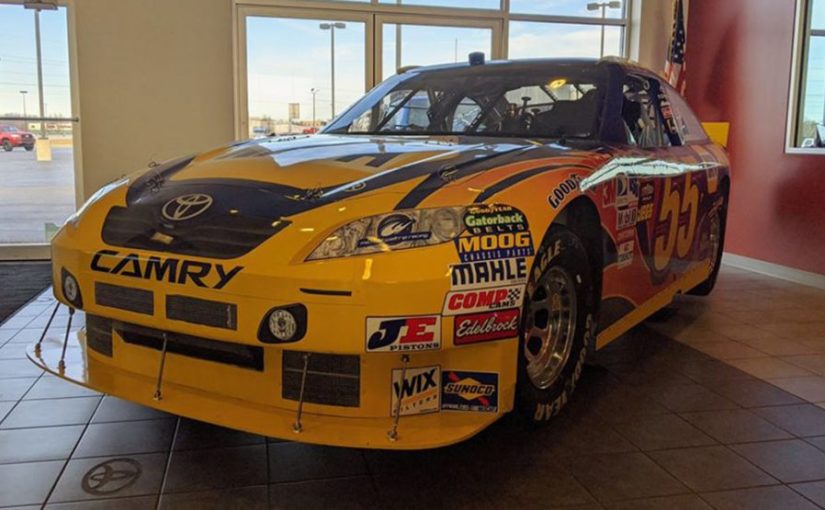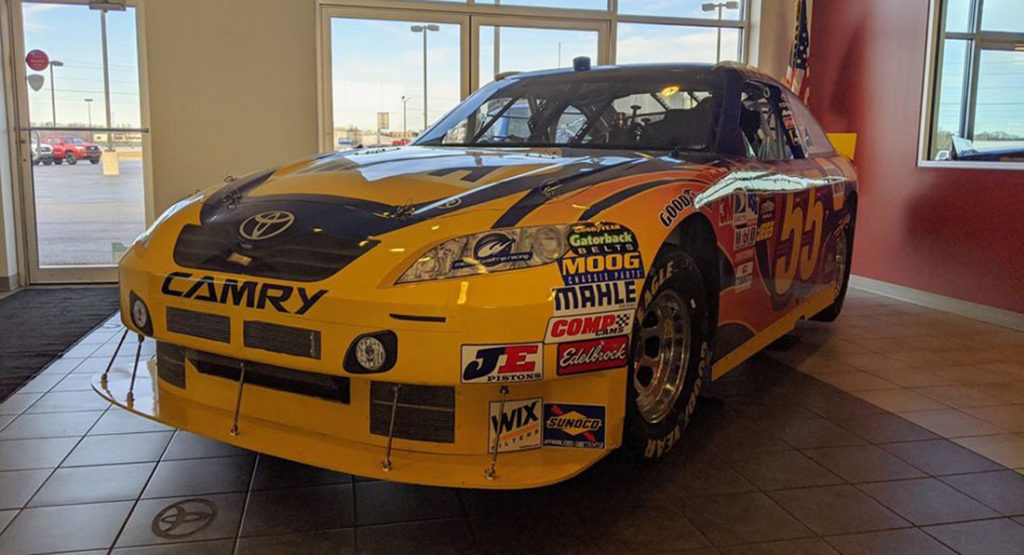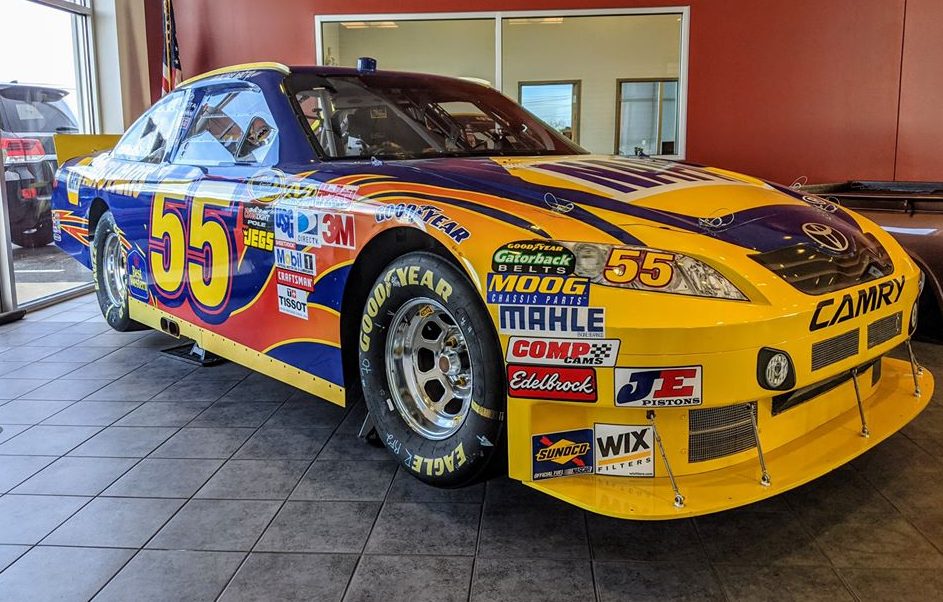No technology has done more to shape racing cars and high performance road cars like the adoption of downforce-producing aerodynamic aids.
From the mid-late 1960s onwards, wings of one kind or another became pretty much an essential requirement for motorsport success and changed our perception of how a competition car looks so radically that when we see one without, like the new Peugeot Le Mans car, it looks weird.
But what would have happened if racing teams had adopted wings decades earlier? That’s what YouTuber GPLaps attempted to find out using an Auto Union Type C on racing sim Assetto Corsa. Yes, it’s just a game, but the physics should be realistic enough to give us an idea of the effects without having to potentially wreck a priceless original car should it all go, literally, belly up.
The Auto Union race cars built in the 1930s must rank as some of the scariest vehicles ever committed to pavement. Their teardrop fuselage bodies and massive engines that delivered over 600 hp in the craziest incarnations made them terrifyingly quick in a straight line, but when it came to moving some of that energy in a different direction, they were limited by their skinny tires and total absence of downforce.
Related: 2022 Porsche 718 Cayman GT4 RS Laps The ‘Ring A Whopping 23.6 Seconds Faster Than The GT4
[embedded content]
As this video points out, while carmakers did experiment with aerodynamics in the 1930s, their goal was to make the already fast cars even faster in a straight line with advanced streamlining, rather than improving cornering speeds by adding downforce.
So after setting a baseline time of 3:30.489 on the standard car on a very oversteery lap of the Nürburgring Sudschelife, the Nordschleife’s lesser know, and now abandoned, brother, GPLaps switches to a Type C fitted with a giant wing. The two-deck spoiler comes from a modern Supermodified short track open-wheel racer, which looks like a sprint car, and is estimated to deliver 1200 lb (544 kg) of downforce. But GPLaps says there’s nothing about its design that would have prevented Auto Union building one just like it in the 1930s.
It looks ridiculous on the vintage car, like some sort of giant sunshade, and of course it adds 150 lb (68 kg) of extra weight, while hardly helping the center of gravity. So it could conceivably hurt the Auto Union through the slower sections of the track where the car isn’t generating enough downforce to help the handling, and potentially reduce its top speed on the straight.
However, top speed appears even higher with the wing, possibly because the car exits the final corner faster thanks to the extra downforce, and the driver reports that it feels more stable. He’s still dealing with the skinny rubber and pre-war brakes though, so it looks a handful, and he claims it doesn’t totally change the character of the driving experience. But it does deliver a massive 6 second lap time reduction on the baseline 3:30.489 second lap.
Obviously the is just a fun experiment and in no way claims to deliver exact data showing what would have happened if Auto Union or their Mercedes Silver Arrows rivals had adopted downforce technology. But it’s fascinating to wonder, and the great in-game cinematography and the way GPLaps uses in-game footage of different cars to tell the backstory of downforce makes this a compelling watch.
